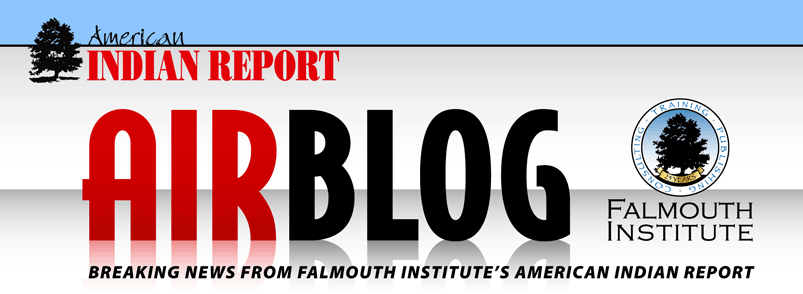The bad economy has definitely taken a toll on Indian Country tourism, but could a rebound be finally underway?
AIANTA considers the survey the most reliable source of Indian Country tourism data. Completed in-flight by travelers from overseas, excluding those from Canada and Mexico, it includes a box that can be marked if a traveler plans on visiting a tribal community.
Based on this survey, Indian Country has consistently captured 3 percent to 4 percent of overseas visitors each year for the last two decades, according to Staci Eagle Elk, a public affairs specialist for AIANTA.
In 2006, the Commerce Department reported that 25.3 million overseas travelers visited the United States; in 2007, the volume increased to 27.4 million. But then the recession took hold, spreading around the world. In 2008, the number fell to 25.3 million; and in 2009, it dropped to 20.4 million, the lowest count since 2004.
“When the world economy suffers and tourism to the U.S. declines, so does Indian Country’s market capture,” Eagle Elk said.
But new data from the U.S. Department of Commerce suggests the downward trend is reversing. For the first six months of 2010, 27.5 million international visitors traveled to the United States, an 11 percent increase over the same period in 2009.
While international tourists are important to Indian Country, the volume of domestic tourists is usually higher. Unfortunately, the industry does not yet have a reliable way to measure the flow to Indian reservations, so AIANTA must look at national data to gauge trends.
“The trips/visits dipped dramatically in 2009 during the recession, but in 2010, domestic travel has bounced back and the trends overall for the U.S. look good, which is also good for Indian Country,” Eagle Elk said.
AIANTA is currently working on a pilot project to collect data from a dozen tribes on visitation. It also has several upcoming projects to promote Indian Country tourism. One is a partnership with the National Park Service and Bureau of Indian Affairs to ensure full, uncensored tribal participation in NPS centennial anniversary in 2016 interpretation, education, tourism as well as other programming efforts. In 2009, AIANTA collaborated with Small World Publications and Discover America to produce an insert and stand alone piece featuring Indian Country titled “Discover Native America.” AIANTA and SWP will collaborate on a second issue for 2011.
